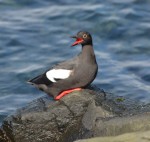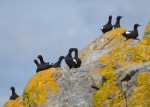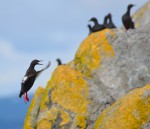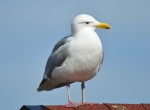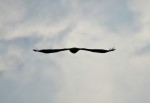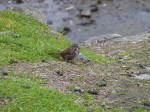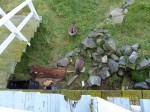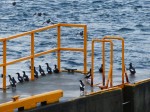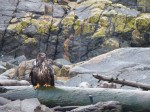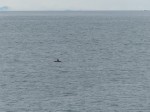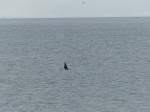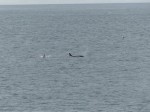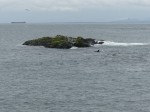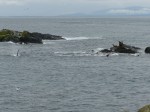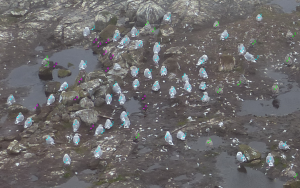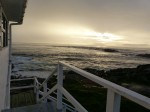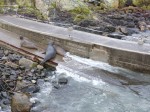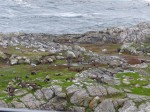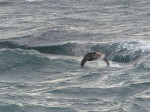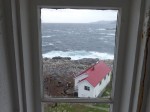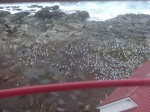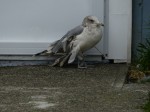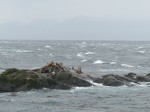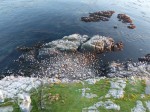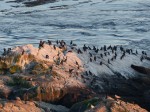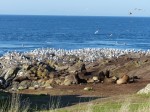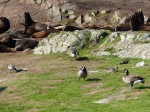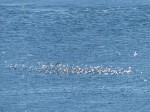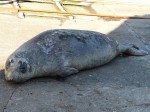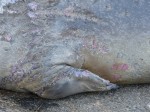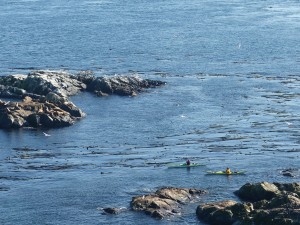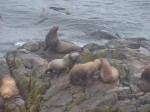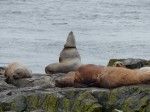Clear skies. Moderate to strong West wind. Force 5.
The barometer has levelled out around 1007.0 hPa. The forecast is for the moderate to strong West winds to continue.
Big tides and currents these past few days: Low tide is 0.3m and high tide is 2.3m today, and the current is running -6.1kn and +5.6kn.
17 tour boats
6 recreational boats
3 boats fishing on the edge of the reserve
There could be two Cackling geese on the island, or it might just be two small, scruffy Canada Geese, it’s pretty hard to tell. I saw a Canada goose attack a Gull today and break the Gulls wing. I also saw a Gull chase a Canada Goose away from its nest. Lots of antagonistic birds with all this nesting. Judging by the disaster that I have to wash off the solar panels every day, the Gulls are capitalizing on these low tides and catching lots of small fish. I find entire fish skeletons and lots of scales among all the poop on the solar panels. The Elephant seals spent most of the day in the water by the jetty. There are 5 super fat and healthy-looking California Sea lions hanging out on/making a mess of the jetty. I saw the river otter sneak up from the water by the crane and hang out under the crane deck. I think it has a hole/home somewhere under the walkway between the crane deck and the tank shed. I have only ever seen a single otter, but I wonder if it is two and I just never see them together.
I will go as far to say that two recreational fishing boats almost wrecked on the South seal rocks today, but they probably don’t even know how close they came to doom. Two rental boats from Pedder Bay marina came ripping East to West between Great Race and the South seal rocks (which is about a 30m gap). It was pretty close to max flood with the water moving at about 5kn. By sheer luck, they both made it past the rock slab of the South Seal rocks, but I heard one of the boats bottom out on a rock turning around the South-West corner of great race. Thankfully that made him turn away from Great Race because he was headed straight for a very shallow, very sold rock that sits just below the surface. I reported it to the Pedder Bay Marina since they have asked that we contact them when their rental boats are in the reserve. Boating tip from Race Rocks: if there is a patch of ocean that looks like a river, with standing waves and whirlpools, go around it not through it.
-started spring cleaning the Keeper’s house
-pulled nails and tacks from walls, puttied, and did some paint touch ups in the Keeper’s house
-painted upstairs door frames in Keeper’s house


